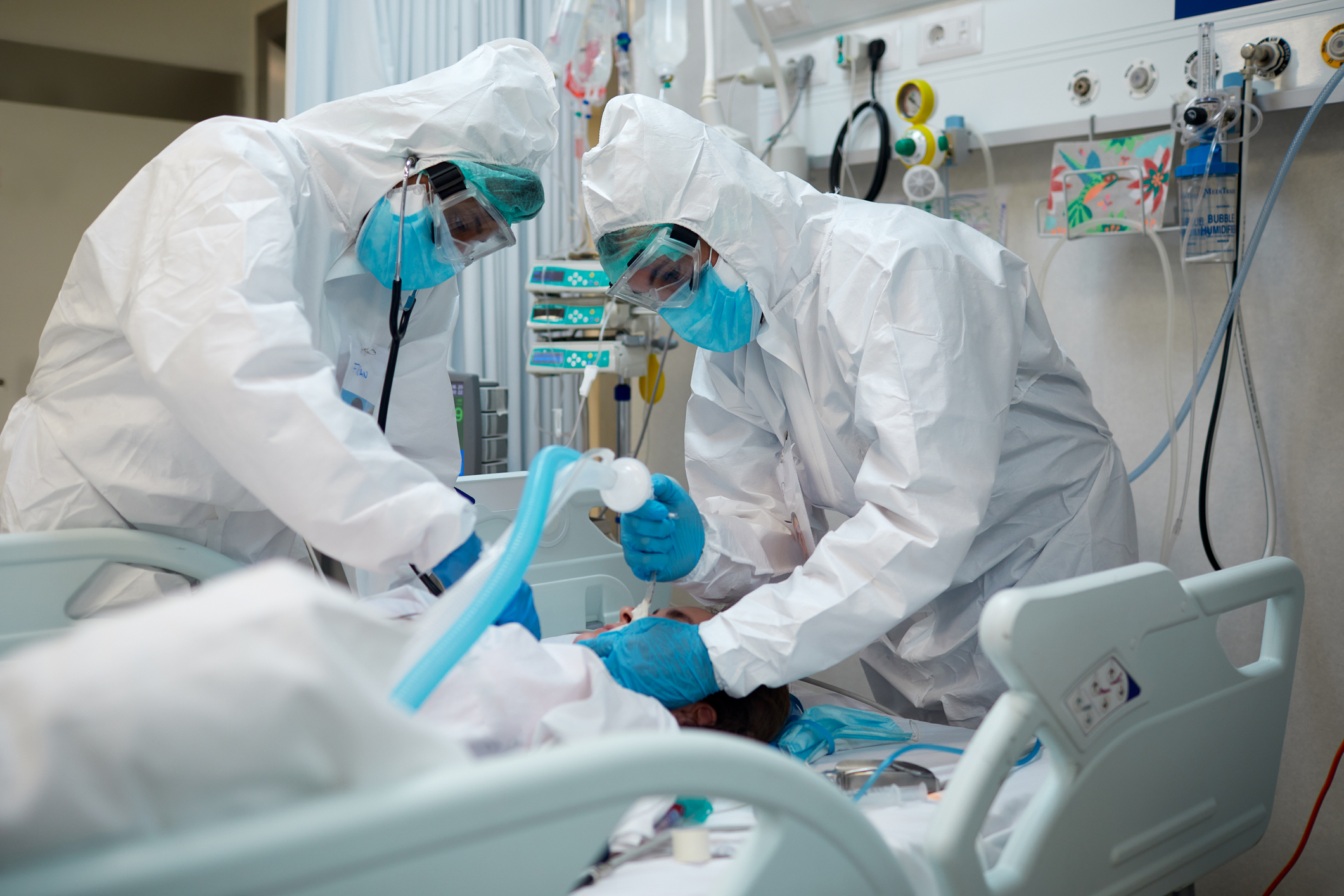
COVID-19 dominated the news in 2020 and the same is true here at Single-Use Endoscopy: Performing bronchoscopies during the novel coronavirus pandemic is the focus of four of our five most-read stories this year.
Those posts covered everything from task force recommendations on safely performing bronchoscopies to how to best treat COVID-19 patients.
Here are the top five posts, in descending order; we hope you’ll revisit them. And please be sure to follow our coverage and analysis in 2021, we plan to bring lots of compelling storytelling your way on flexible endoscopy challenges and best practices. Thanks for reading and have a happy new year!
5. Here’s Why Reprocessing is More Expensive Than Purchasing a Single-Use Bronchoscope
Hospitals that disinfect and reuse bronchoscopes pay anywhere from 21 percent to 155 percent more per instrument than if they had purchased a sterile, single-use bronchoscope, and that cost is driven up by a host of factors that impact the hospital personnel charged with reprocessing the instruments.
4. COVID-19 Task Force Recommends Single-Use When Bronchoscopy is Warranted
The first recommendations from the American Association for Bronchology and Interventional Pulmonology, meant to ensure patient safety as well as the safety of the healthcare community, back when the World Health Organization declared a global pandemic in March.
3. Video Tutorial: How to Reduce Aerosolization During Bronchoscopy
In late March, WHO published a brief that highlighted the many ways a healthcare professional could contract COVID-19 via airborne transmission, when disease microbes remain in the air for long periods of time.
2. How COVID-19 is Making the Case for Single-Use Bronchoscopes
Despite all the uncertainty caused by the COVID-19 pandemic, one thing remains clear: the obligation of the physician to do no harm. The question moving forward in the fight against the novel coronavirus will be how, exactly, providers can fulfill that obligation — especially for patients who are already vulnerable. Becker’s Hospital Review probed that and other questions in a feature story.
1. Risks and Best Practices for Bronchoscope Use on COVID-19 Patients
In this webinar, Cori L. Ofstead provided front-line clinicians and personnel with critically important information about risks associated with the use of bronchoscopes among patients with COVID-19.
A final note: Another page that drew lots of traffic in 2020 was our Bronchoscope Cost Calculator. It’s an easy and interactive way to compare the costs of reusable and single-use bronchoscopes. With just a few questions, you can calculate your facility-specific cost per procedure. Check it out.


